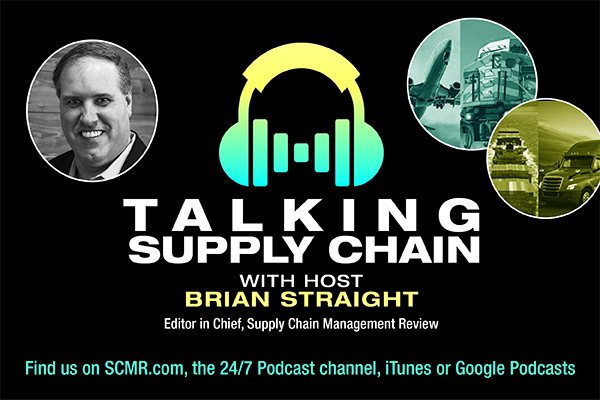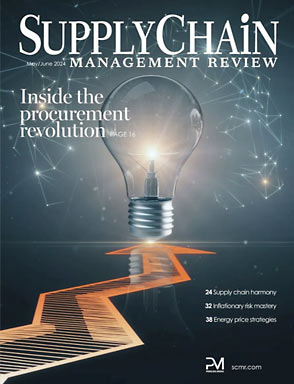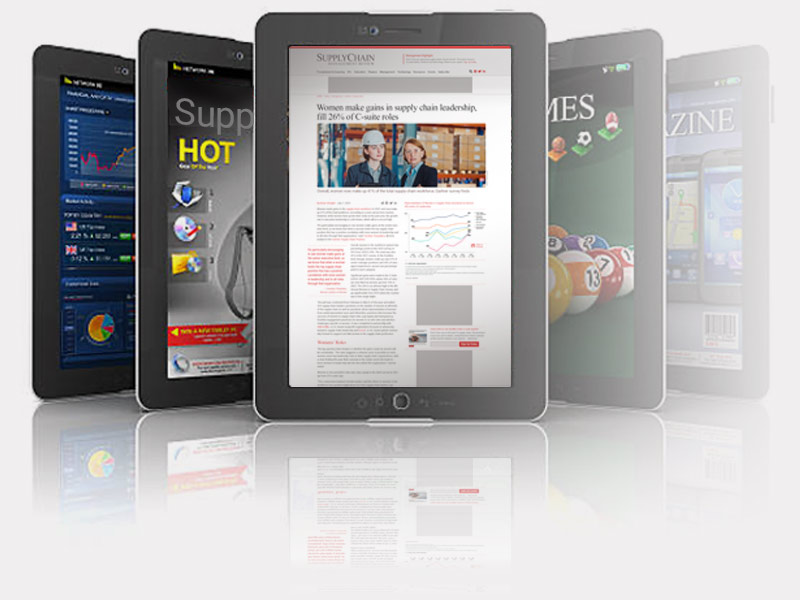Editor’s Note: Every year, 40 or so students in the MIT Center for Transportation & Logistics' (MIT CTL) Master of Supply Chain Management (SCM) program complete one-year thesis research projects. The students are early-career business professionals from multiple countries, with 2 to 10 years of experience in the industry. Most of the research projects are chosen, sponsored by, and carried out in collaboration with corporations. Joint teams that include MIT SCM students and MIT CTL faculty work on real-world problems. In this series, they summarize a selection of the latest SCM research.
Global prescription and over-the-counter drug sales in 2016 were around $768 billion, and are expected to continue to rise. As drug costs increase, the cost of storing and handling inventory for retail pharmacies and hospitals rises accordingly. The challenge of forecasting and managing inventory levels can increase working capital and strain a company's finances. In addition, pharmaceutical suppliers often provide volume-based discounts, encouraging pharmacies to carry more inventory. Companies can choose to carry less inventory, but in doing so they increase the risk of stock-outs and lost sales.
Ensuring that the right quantity of the right product is available at the right location is a puzzle that adds complexity to logistics operations. Therefore, the pharmaceutical industry must determine what inventory replenishment policies should be used to handle these tradeoffs, and how far ahead should a company plan its replenishment.
Working with a retail pharmacy chain in an emerging market, we have developed an inventory management model to minimize total inventory-related costs for various forecast horizons.
Tradeoff Balance
The sponsor company historically increases order sizes to leverage supplier-pushed discounts to maximize gross profits. However, the tradeoff with increased holding costs had not been considered. These high inventory levels eventually strained the company's finances. At the same time, stock-outs were a regular occurrence, leading to lost sales. The sponsor sought to reduce overall inventory levels, while carefully analyzing the discount tradeoffs promoted by suppliers and minimizing lost sales.
The company was aware that the likelihood of lost sales is based on the SKU characteristics of a product. If a drug is not for urgent therapy, customers are more likely to accept backorders. Therefore, depending on the probability of a lost sale or lost client, different stock-out penalties could be assigned to different SKUs.
The analysis we carried out addresses the SKU characteristics through a demand-driven categorization. Experimenting with two different replenishment models, (Q, R) and (s, S), we compared the total costs against the sponsor's current policies. Through a series of sensitivity analyses, we analyzed the effects of varying forecast horizons, customer service levels, and stock-out penalties, with a view to achieving substantial savings.
Different Solutions for Different SKUs
The results showed that the (Q, R) model works better for fast moving, costly SKUs, with an average of 33% in savings. Conversely, the (s, S) model accounts for 37% of savings on average and is a better option for low-profit, less costly SKUs. The models highlighted the tradeoff between holding costs and leveraging supplier-pushed discounts. Larger order sizes from the (s, S) model result in lower average unit costs for each SKU but increased holding costs. For low-profit, low-cost SKU's, it is more beneficial to take advantage of the discounts through larger orders.
The sensitivity analyses show that SKUs with high stock-out penalties generally perform better with longer forecast horizons (i.e., annual) and higher customer service levels. This indicates that the risk of potentially losing the client outweighs the additional costs required to maintain service levels. In contrast, SKUs with low stock-out penalties have the most savings in shorter forecast horizons (i.e., biweekly) and relatively lower service levels. For these SKUs, carrying more inventory to serve the demand eventually costs more than the stock-out penalty.
Our research shows that customizing the usage of different replenishment policies for a variety of SKUs is a promising way to achieve savings and more effective inventory management in the pharmaceutical industry.
The SCM research project Replenishment Policies for Retail Pharmacies in Emerging Markets is authored by Kevin K. Y. Chu and Juan Martínez and supervised by Christopher Mejía Argueta, Director, MIT SCALE Network – Latin America. For more information on the research, please contact Dr. Christopher Mejía Argueta.
SC
MR

Latest Supply Chain News
- Few executives believe their supply chains can respond quickly to disruptions
- Technology’s role in mending supply chain fragility after recent disruptions
- Tech investments bring revenue increases, survey finds
- Survey reveals strategies for addressing supply chain, logistics labor shortages
- Israel, Ukraine aid package to increase pressure on aerospace and defense supply chains
- More News
Latest Podcast

 Explore
Explore
Procurement & Sourcing News
- Israel, Ukraine aid package to increase pressure on aerospace and defense supply chains
- How CPG brands can deliver on supplier diversity promises
- How S&OP provides the answer to in-demand products
- There is still work to do to achieve supply chain stability
- Blooming success: The vital role of S&OE in nurturing global supply chains
- How one small part held up shipments of thousands of autos
- More Procurement & Sourcing
Latest Procurement & Sourcing Resources

Subscribe

Supply Chain Management Review delivers the best industry content.

Editors’ Picks





